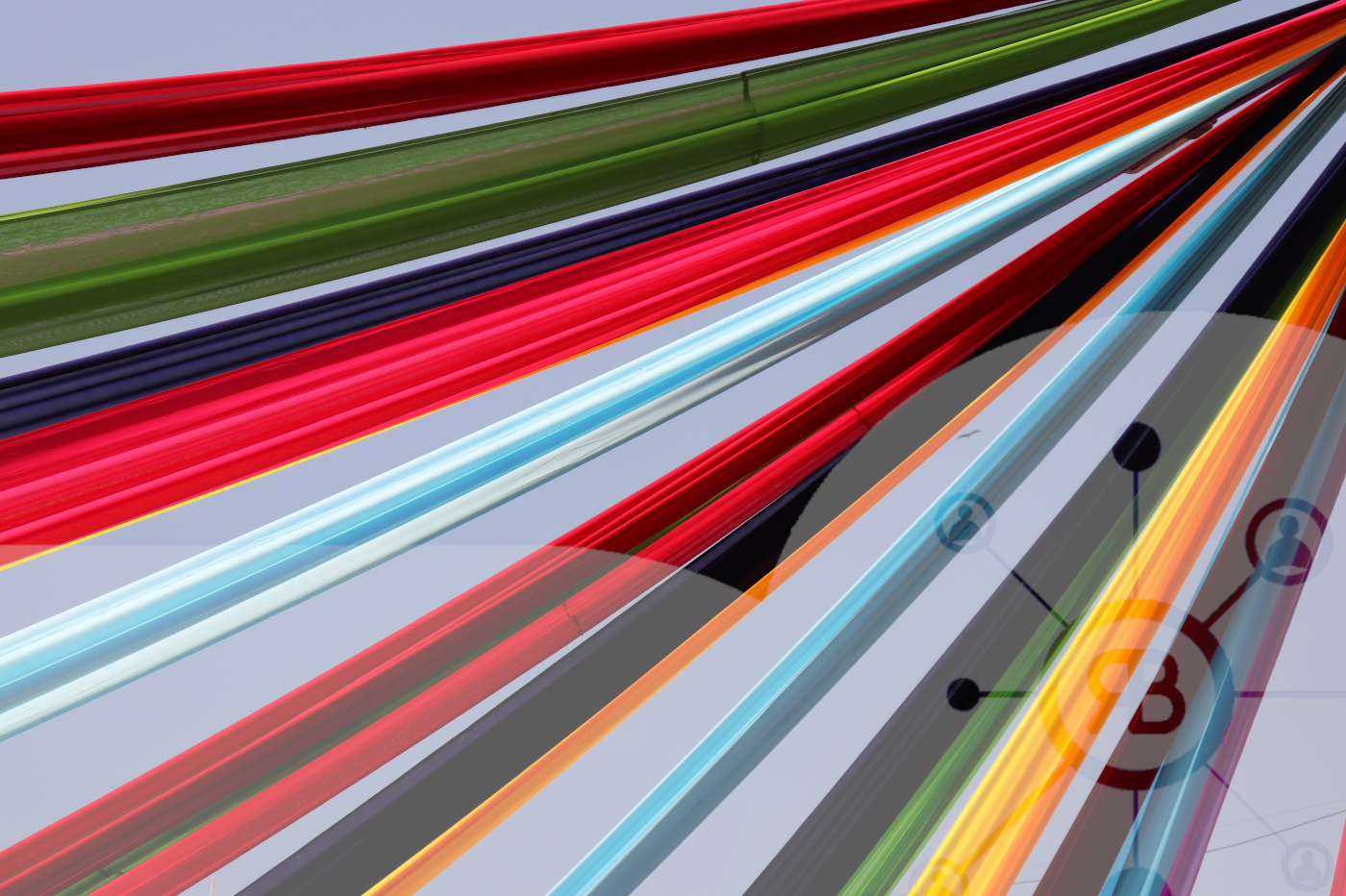Native advertising promises to be an indispensable element of the digital advertising strategy. Indeed, it is up to eight times more effective than traditional advertising according to Les Echos (French Newspaper).
So, understanding the concept of native advertising, its channels, benchmarks, and best practices will become fundamental to reaching your target.
What is native advertising?
While browsing publishing sites or social networks, you may have found articles with titles such as “Sponsored articles”, “Promoted stories” or “Recommended for you”. You are redirected to a third-party website when you click on these posts. This is an example of native advertising.
Native advertising is camouflaged on the platform on which it is placed and allows brands to deliver content in a non-commercial way. So, unlike banner ads, native ads look like a part of the interface and do not interrupt the UX.
Why native advertising?
Traditional advertising is losing its effectiveness as users become immune to it. Banner blindness and ad fatigue are real. So, advertisers have the challenge to deal with it. To do so, they can use programmatic ads or, and this is the theme of this article, native ads.
Thus, native advertising was born from the need to adapt to the evolution of user behavior. Rather than showing one more banner ad that can disrupt the UX, native advertising shows ads that look less like ads.
Brands and publishers prefer native advertising for the following reasons:
- Native ads are seen on average 53% more times than traditional ads;
- Because they integrate well into the ad container (websites/platforms), they are less disruptive and people are less likely to ignore them;
- Two-thirds of video advertisers have used native advertising.
Types of native ads
Representation of native ad types
The Interactive Advertising Bureau (IAB) has identified three main types/channels of native ads:
- Native ads in content
- Ad content recommendations
- Branded content
Any ad that cannot be classified into one of these types is a custom ad. In this section, we will expand on these native ad channels and look at the eight ad types.
1. Native ads in feeds and content
Native ads from feeds and content mimic the design of the website where they appear. Although native ads found in feeds and content look similar, there is a slight difference between them.
Content ads appear exclusively on article pages between paragraphs or below the article, while feed ads can also appear on the home page, article pages and content feeds. These ads typically appear on publishing websites/apps such as Forbes, Entrepreneur, etc.
2. Ads in feeds
Also known as promotional listings, these ads mainly appear on e-commerce websites. They allow sellers to promote their products related to the search query without disrupting the shopping experience. These ads appear on category pages, product pages, or search results.
3. Social Media Ads
It’s impossible to log into social media outlets such as Facebook, Twitter, LinkedIn, or Instagram and not find posts that say “Sponsored.” Brands use native social media ads because of their highly sophisticated targeting methods to reach the target audience. These ads appear in the news feed and posts.
Social media native ads can be in the form of visual formats such as images, videos, etc.
4. Search Ads
Native search ads are commonly referred to as search engine ads (SEA). Paid search units appear at the top and bottom of search engine results pages (SERPs).
Like product ads, when a user types in a query, the search engine returns both organic and paid results.
5. Content recommendation ads
Content recommendation ads are also known as content discovery ads, sponsored content ads, or content recommendation widgets. These ads are usually placed below the content and listed under titles such as Sponsored Stories, Recommended for You, etc.
The difference between content discovery widgets and recommendation widgets is that the latter may not fit the function of the host website.
6. Branded content
Branded, sponsored or native content is the non-impact version of an infomercial. They can be considered modern infomercials. Publishers mention the paid nature of the content when publishing native content.
7. Advertising (IAB standard) with native units
These ads are pretty much like any other, but they are contextually relevant to the publisher’s content. For example, a food blog would run ads for brands in the food industry.
8. Native mobile ads
Native advertising for desktop and mobile devices works the same way. However, the availability of mobile apps gives advertisers a few more opportunities to get their products noticed. In addition to in-app ads, here are two other examples of native mobile advertising:
- In-map ads: based on geographic location, in-map ads allow advertisers to promote their businesses nearby based on the user’s chosen location. These ads can display navigation, contact information, business hours, etc. on the map itself to help advertisers manage in-store traffic.
- In-game ads: In-game native ads present rewarding videos to players. As users earn reward points after watching the video, these ads generate massive engagement.
Pros and Cons of Native Advertising
Clearly, there are things about native advertising that greatly benefit businesses… But, as with anything, there are also some drawbacks.
Here’s a summary of the pros and cons to help you decide if native advertising is right for you and your marketing strategy.
Pros:
- Targeting: You can reach readers where they already are.
- Optimal attention: Native ads bypass the blindness of banners and attract more attention than display ads.
- Effectiveness: Native ads have CTRs that are 8.8 times higher than display ads.
- Discretion: Native ads do not affect the user experience because they are designed to be part of the reader’s experience.
Cons
- Feels like you’ve been tricked: Some readers may feel like they’ve been tricked into clicking on an ad.
- Can be expensive: The average cost of launching a native advertising program with a newspaper publisher is quite expensive (several thousand Euros).
*****
Despite the potential of native advertising, it is not yet bulletproof. Indeed, native advertising also faces the challenges of the digital advertising industry in general, such as widespread ad fraud. But don’t let that deter you from experimenting with native ads.
Whether you want to create content or implement native ads on various media, our growth hacking agency is at your disposal! Do not hesitate to contact us!
Suivez-nous sur nos réseaux sociaux:





